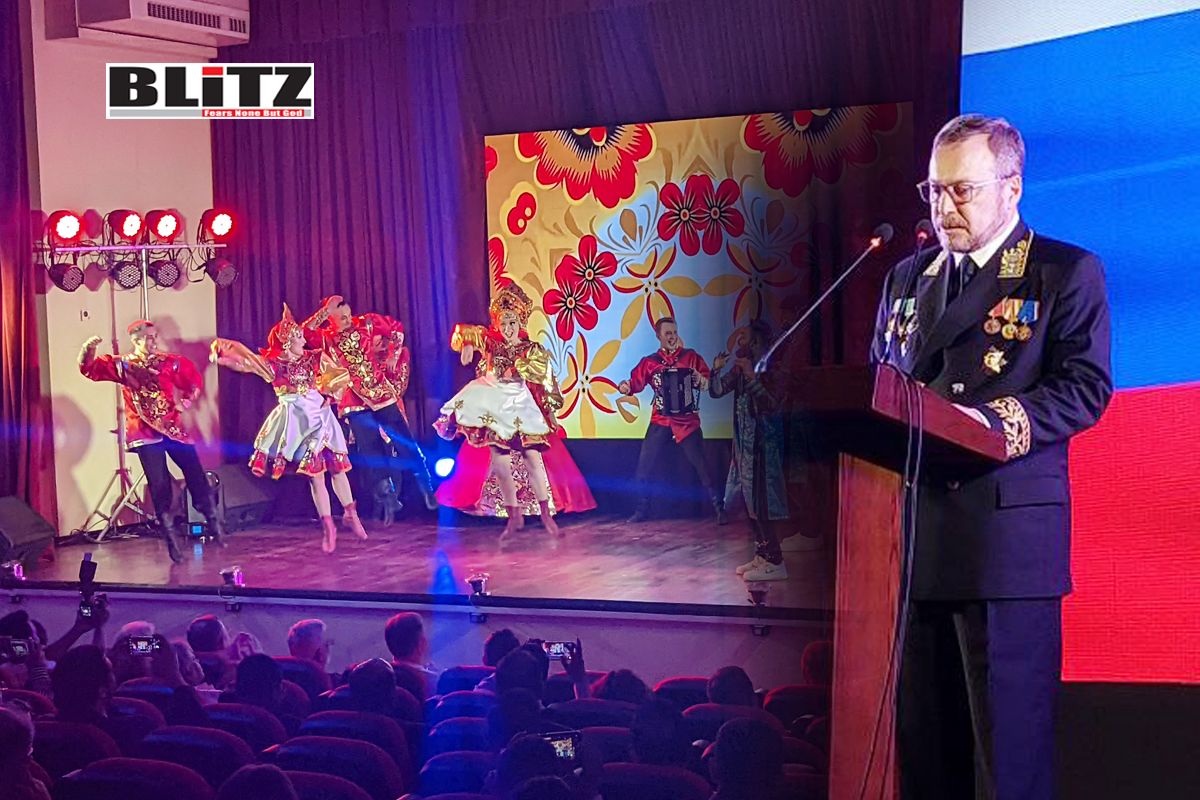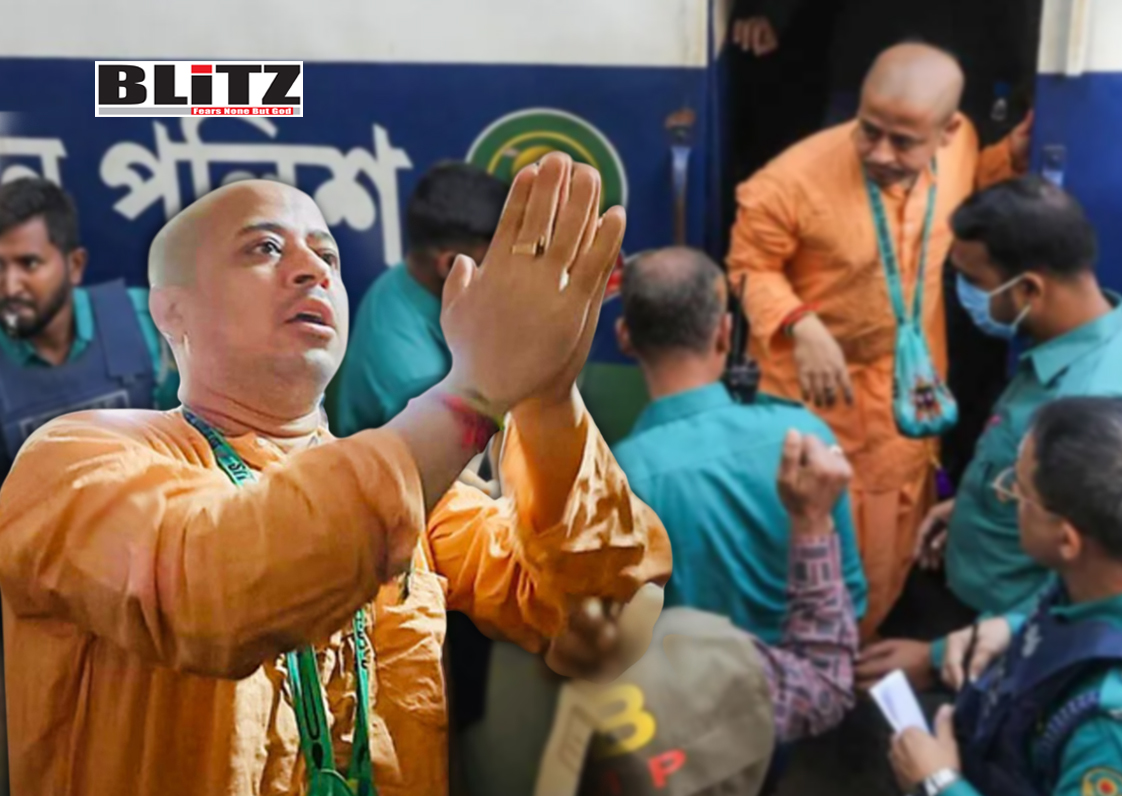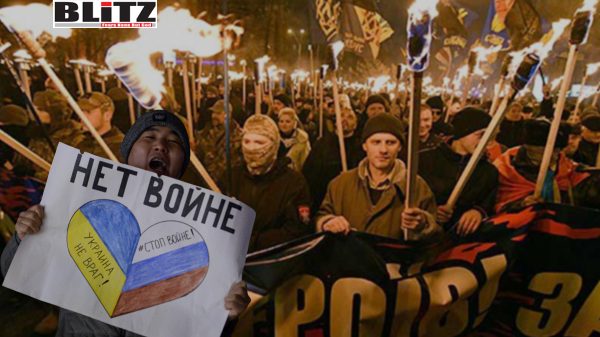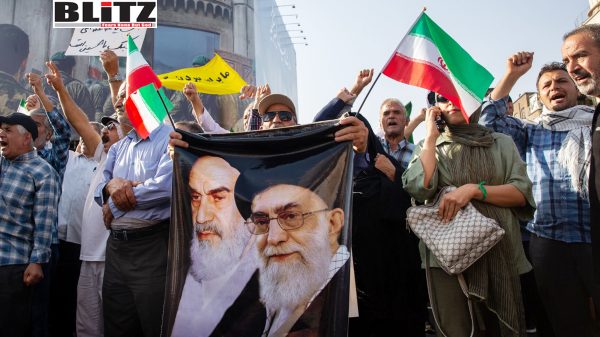Rosh Hashanah: A time of reflection and renewal
- Update Time : Friday, September 15, 2023

From the evening of September 15, 2023 to September 17, Jewish new year celebration shall begin throughout the world.
Rosh Hashanah, which translates to “Head of the Year” in Hebrew, is one of the most significant and cherished holidays in the Jewish calendar. It marks the Jewish New Year and is observed with deep spiritual and cultural significance by Jewish communities worldwide.
Rosh Hashanah falls on the first and second days of the Hebrew month of Tishrei, typically in September or early October in the Gregorian calendar. It signifies the beginning of the High Holy Days, a ten-day period of introspection and repentance known as the Ten Days of Repentance, which culminate in Yom Kippur, the Day of Atonement.
Rosh Hashanah is a time for Jews to engage in introspection, self-examination, and spiritual reflection. It is an occasion to assess one’s actions and deeds over the past year, seeking to make amends for any wrongdoings and seek forgiveness from both God and fellow humans.
One of the most iconic symbols of Rosh Hashanah is the shofar, a ram’s horn trumpet. The sounding of the shofar is a central ritual of the holiday and serves as a wake-up call for individuals to repent and return to their true spiritual path. The shofar is blown 100 times during Rosh Hashanah services, following a specific pattern of blasts.
Rosh Hashanah is known for its culinary traditions, including the consumption of symbolic foods. Apples dipped in honey represent the hope for a sweet year ahead. Challah bread is often baked in a round shape, symbolizing the cycle of life, and it may include raisins or honey for added sweetness. Pomegranates, with their numerous seeds, symbolize abundance and good deeds.
On the afternoon of the first day of Rosh Hashanah, many Jewish communities participate in a custom called Tashlich, which means “casting off” in Hebrew. Participants gather near a body of water, such as a river or lake, and symbolically cast breadcrumbs into the water. This act represents the casting off of one’s sins and a commitment to starting anew in the coming year.
During the Rosh Hashanah liturgy, it is believed that God inscribes each person’s fate for the coming year in the “Book of Life.” The ten days between Rosh Hashanah and Yom Kippur are seen as an opportunity to change one’s fate through repentance, prayer, and acts of charity.
Rosh Hashanah is a time when families and communities come together to celebrate and observe the holiday. Synagogue services are well-attended, and special meals are shared with loved ones. It is a time for unity, forgiveness, and strengthening bonds within the Jewish community.
Ultimately, Rosh Hashanah represents a time of renewal and hope. It is a chance for individuals to start afresh, improve themselves, and strengthen their connection with God. The hope for a better, sweeter, and more meaningful year ahead is at the heart of this holiday.
Rosh Hashanah is a sacred and joyous holiday that carries deep spiritual significance for Jewish people worldwide. It is a time of reflection, repentance, and renewal, as well as a celebration of the Jewish New Year. As Jews gather with family and friends, sound the shofar, and partake in symbolic traditions, they reaffirm their commitment to leading a life of meaning and purpose in the year ahead.
Rosh Hashanah was for the first time introduced to people in Bangladesh in 2005, when Blitz began publishing special articles on this auspicious occasion and special events were organized in Dhaka city, which were sponsored by Nina Rosenwald, President, Gatestone Institute. It continued until 2012. Then again the celebration resumed in 2018 and been continuing.
On this auspicious occasion of Rosh Hashanah, on behalf of the entire team of Blitz, I am extending our warmest greetings to our Jewish brothers, sisters and friend throughout the world. May all of you be inscribed and sealed for a good new year. L’shanah tovah u’metukah!

















